Radiant Skin Awaits: Your Guide to Understanding and Treating Skin Pigmentation

Radiant Skin Awaits: Your Guide to Understanding and Treating Skin Pigmentation
Pigmentation refers to the coloring of the skin, primarily influenced by melanin, a pigment produced in the epidermis by cells known as melanocytes. Melanin not only gives color to the skin but also provides protection against the sun’s harmful ultraviolet rays. Ideally, melanin is evenly distributed, resulting in a uniform skin tone. However, when its production is disrupted, it can cause uneven skin pigmentation, leading to conditions like hyperpigmentation (darker areas) or hypopigmentation (lighter areas).
Welcome to our aesthetics clinic in Singapore, where we focus on helping you achieve vibrant, clear skin by addressing skin pigmentation issues. Many people experience pigmentation challenges, ranging from minor blemishes to significant discoloration. This comprehensive guide provides insights into pigmentation, its causes, types, potential permanence, and advanced treatments like Pico Laser, Sylfirm X, and Pro Yellow Laser.
Your genetic makeup can pre-determine your susceptibility to pigmentation disorders. Some people are more prone to freckles or other pigmentation irregularities from birth.
Hormonal fluctuations, especially during pregnancy or when using oral contraceptives, can lead to melasma, also known as the "mask of pregnancy.
As skin ages, cumulative sun damage may manifest as age spots or liver spots.
Post-inflammatory hyperpigmentation occurs after the skin heals from conditions like acne or eczema, which can leave dark marks.
Certain drugs can cause photosensitivity, leading to pigmentation changes. Misuse of skincare products can also irritate the skin and cause pigmentation issues.
Poor diet, lack of sleep, smoking, and stress can exacerbate pigmentation concerns.
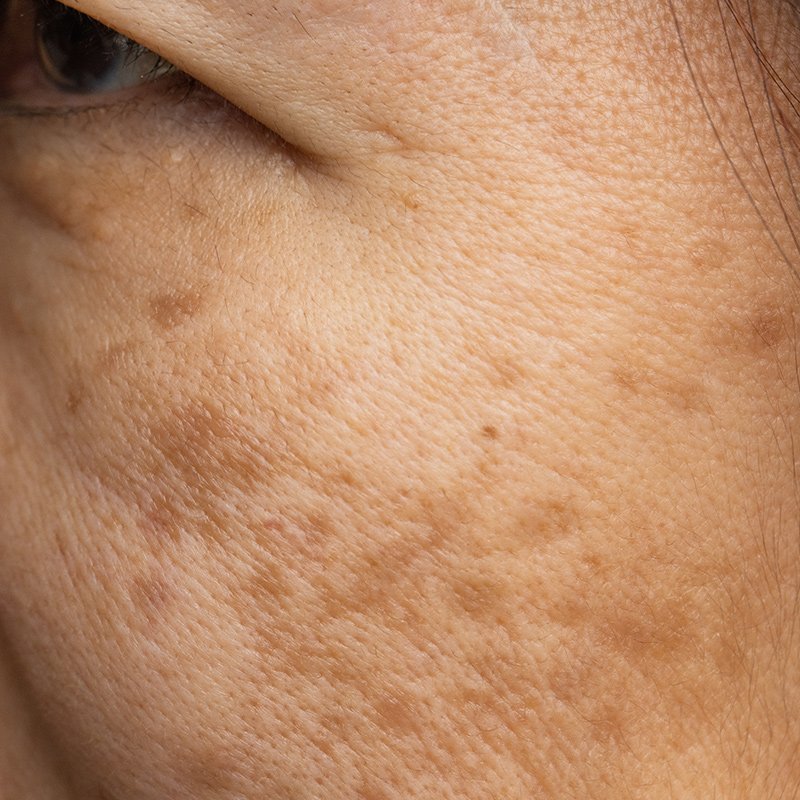
This presents as larger brown or gray-brown patches, often appearing on the face. Melasma is commonly linked to hormonal changes and sun exposure.
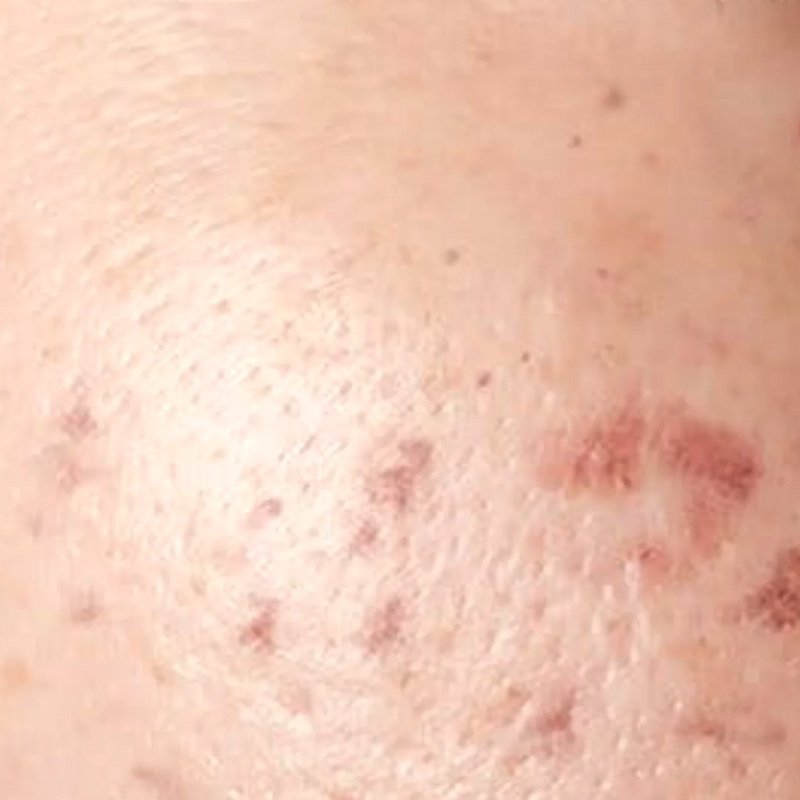
This type appears after skin inflammation or trauma and is characterized by darker, discolored patches at the injury site.
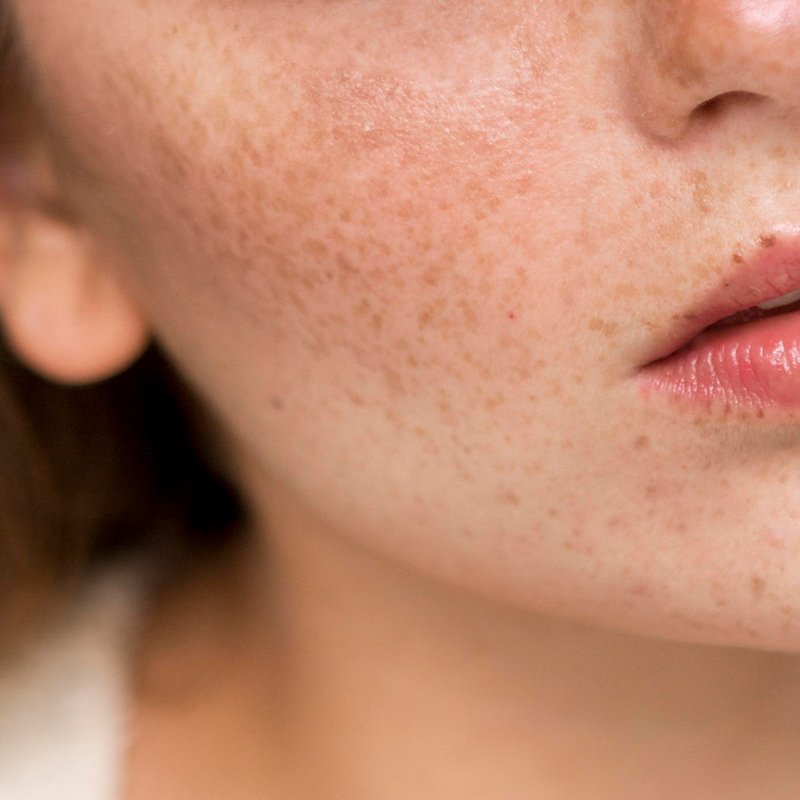
Small brown spots, often genetic, typically become more apparent with sun exposure and are more common in individuals with lighter skin tones.
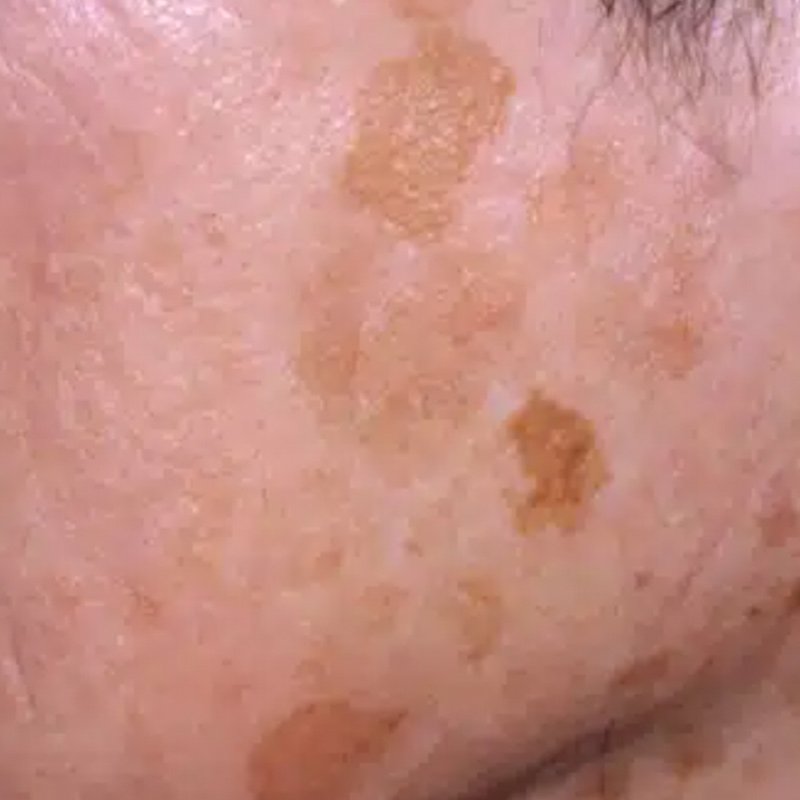
Also known as age or liver spots, these are harmless, flat brown spots on the skin resulting from prolonged sun exposure, usually appearing on areas like the hands and face.
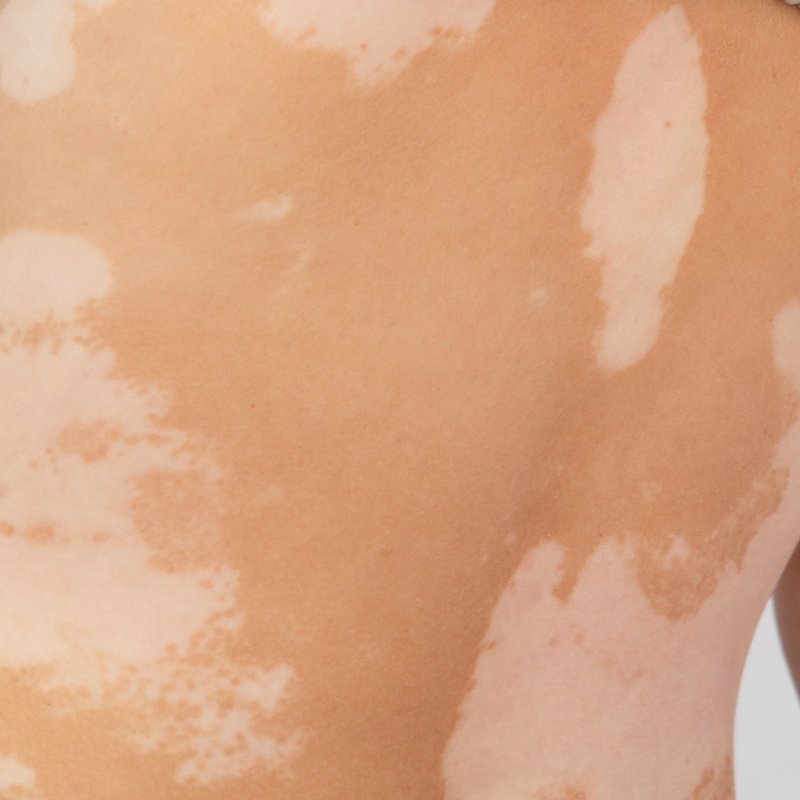
These are characterized by a loss of pigmentation, leading to lighter patches on the skin due to melanocyte dysfunction or absence.
The permanence of skin pigmentation varies with type and cause. Some pigmentation forms, like freckles, might diminish with reduced sun exposure or without treatment. Others, such as melasma or PIH, might persist or recur. Genetic conditions like vitiligo are generally considered permanent, though their appearance can be managed.
The right intervention can significantly reduce pigmentation and improve skin appearance. However, addressing pigmentation often requires a combination of treatments and ongoing maintenance to prevent recurrence and manage symptoms effectively.
Our clinic in Singapore offers a variety of cutting-edge treatments to address skin pigmentation. These methods are safe, effective, and tailored to meet the needs of each client:
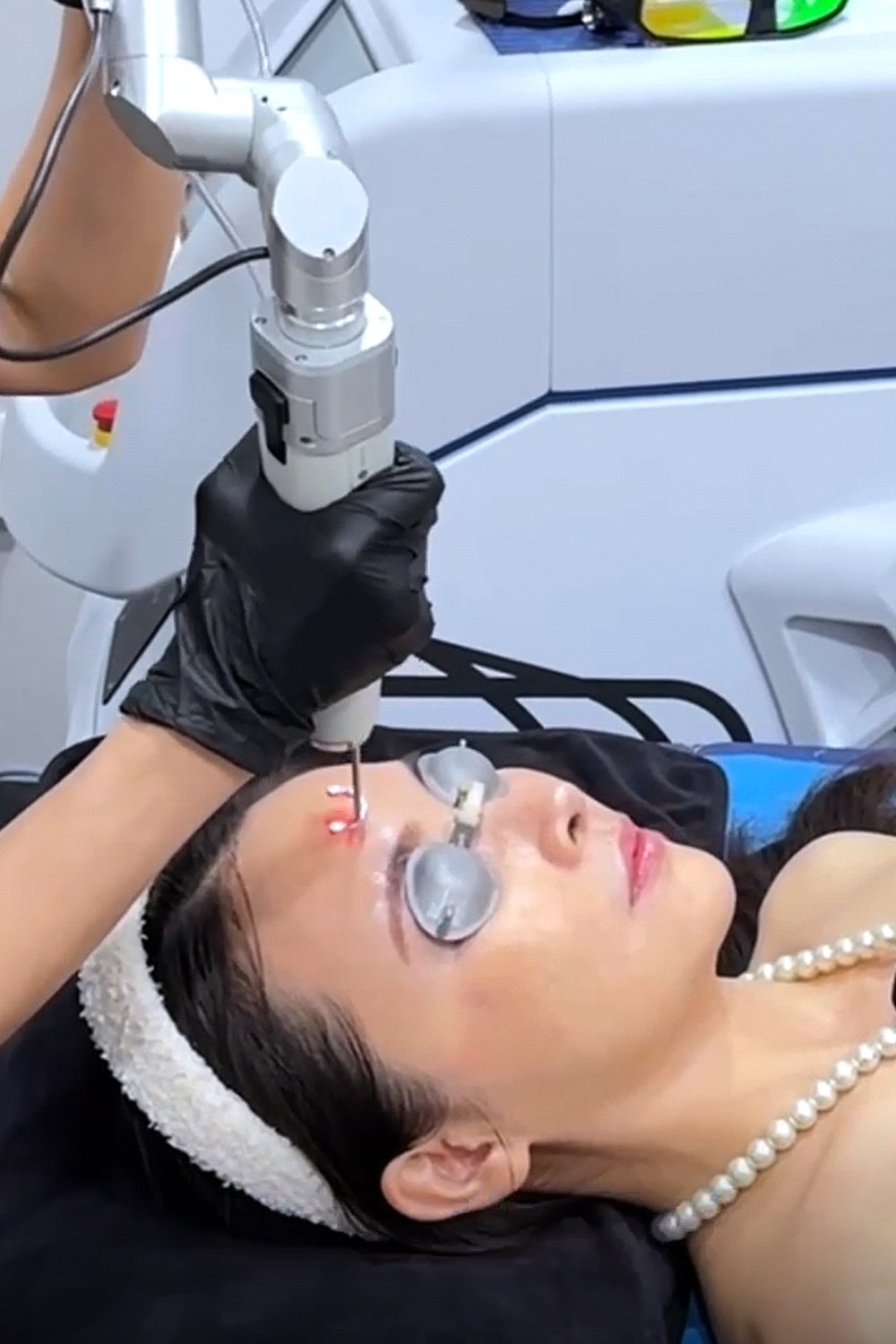
The Pico Laser is a revolutionary technology designed to treat pigmentation effectively. Unlike traditional lasers that rely on heat, the Pico Laser uses ultra-short laser pulses to precisely break down melanin into smaller particles. This method allows for quicker absorption and clearance by the body. As a result, it minimizes the risk of thermal damage and is safe for different skin types, showing excellent results in treating melasma, PIH, freckles, and more stubborn pigmentations like tattoos.
Benefits of Pico Laser include:
Sylfirm X is an advanced microneedling radiofrequency treatment that targets skin pigmentation at its root. This technology uses Regional Regeneration Radio Repeated Pulse (RP) microneedling technology to treat abnormal blood vessels that contribute to skin pigmentation issues like melasma. Sylfirm X combines the mechanical benefits of microneedling with the thermal effects of radiofrequency to encourage more uniform melanin distribution and improve overall skin texture and tone.
Key Advantages of Sylfirm X:
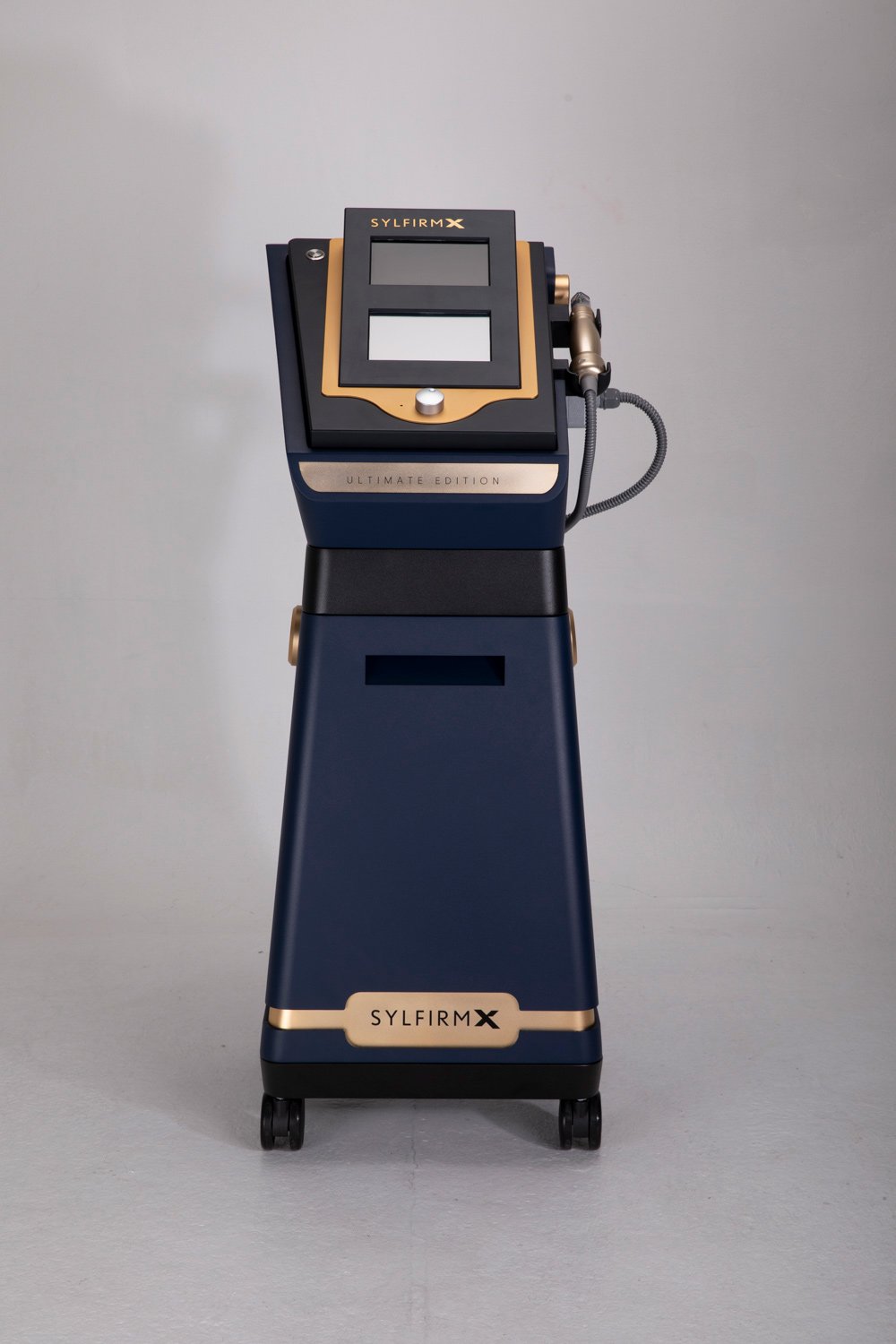
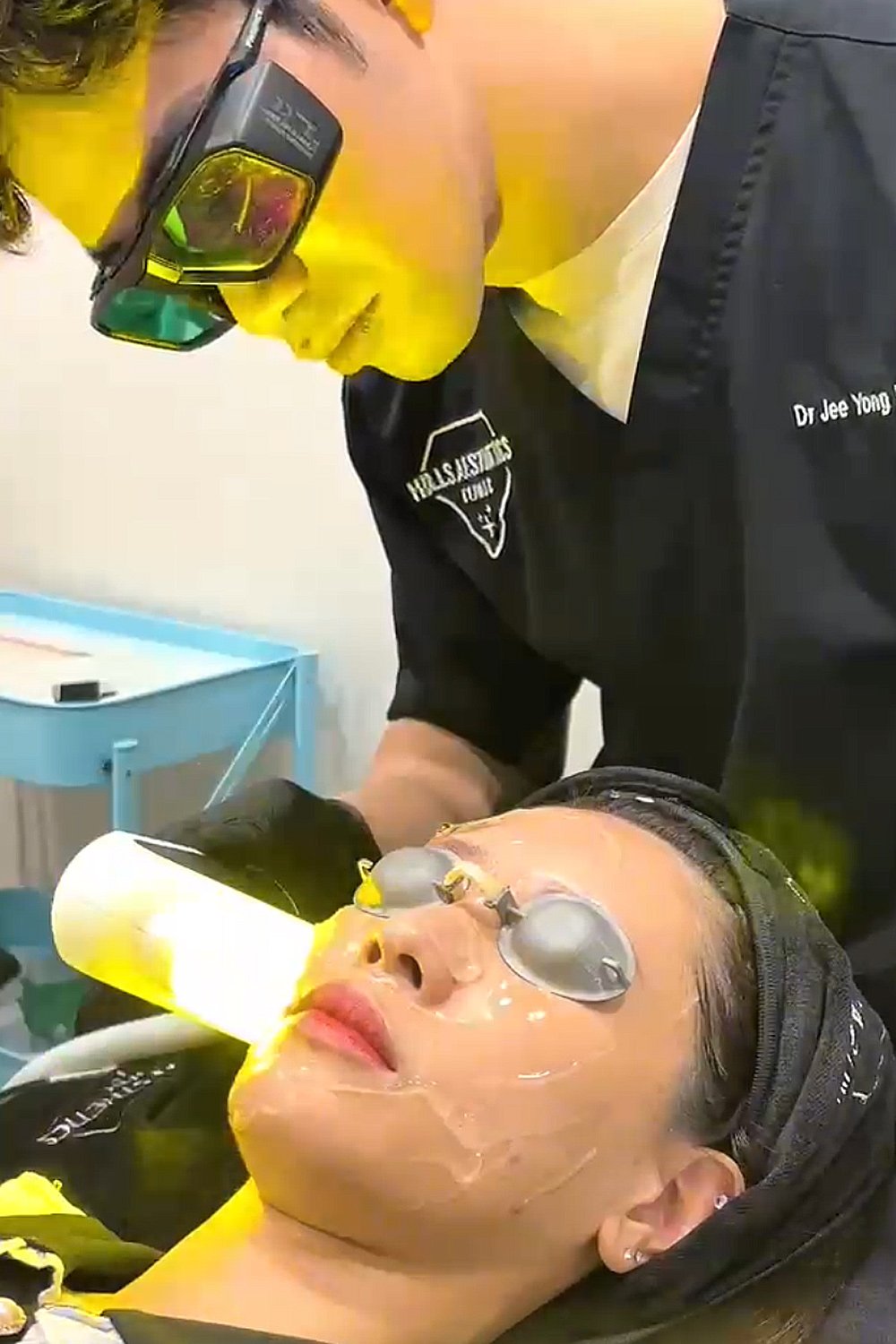
The Pro Yellow Laser is particularly effective in targeting vascular concerns and pigmentation issues like melasma, sunspots, and rosacea. This treatment uses a specific yellow wavelength ideal for absorption by skin structures and melanin, thus effectively reducing pigmentation and promoting an even complexion.
Advantages include: